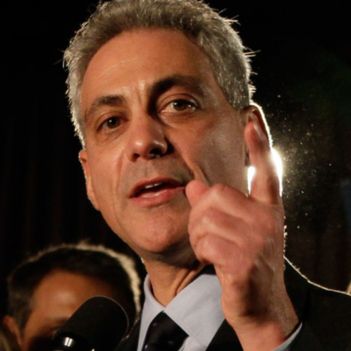Oakland Steps Out for Faith with a Joyful Noise
On Saturday, Nov. 7, churches and community leaders in Oakland and the Bay Area stood in solidarity with Pleasant Grove Baptist Church in West Oakland, which is shown above. Left to right are Pleasant Grove church choir (bottom Left), SambaFunk! Drummers (top left), Oakland Mayor Libby Schaaf, Pastor Thomas Harris of Pleasant Grove, City Council President Lynette Gibson McElhaney and Vice Mayor Rebecca Kaplan and Pastor Amos Brown of Third Baptist in San Francisco (top right) , Rev. Ray Williams of Morning Star Baptist and Marvin X, founder of the Black Arts Movement (bottom right). Photos by Ken Epstein. Collage by Adam L. Turner.
The city of Oakland has long been considered the citadel for progressive civil rights and political movements involving activism for racial and social inclusion and equity.
In response to neighbors’ complaints about the loud sounds of music coming from churches, ministers and churches called for a public demonstration of respect for its churches instead of using the police and fines to punish their congregations.
More than 30 pastors stood in solidarity with Pleasant Grove Baptist Church. They were joined by city and county officials along with the SambaFunk! drummers, church choirs, gospel soloists and Black Arts groups.
True to its radical and revolutionary roots, Oakland is redefining respect for religion. Ministers called for the city to declare itself, to be a sanctuary city for its sanctuaries.
The First Amendment and religious freedom were embraced by a coalition that included the Oakland NAACP, the Post News Group, Baptists, Methodists, Muslims, Mormons, COGICs, AME, Catholics, the Black Arts Movement, Soul of Oakland, Oakland Private Industry Council, Pastors of Oakland, Baptist Ministers Union, Seventh-day Adventists and many others.
The event took place Saturday, Nov. 7 in front of the Pleasant Grove Baptist Church on Adeline Street in West Oakland. It was the response to a city noise complaint against Pleasant Grove that kicked off the current solidarity movement.
Speaking at the event, Amos Brown of the Third Baptist Church in San Francisco said his church has faced similar attempts to silence worship.
He told the crowd that earlier this year “two rogue cops” entered his church one afternoon to tell parishioners to quiet down during a service, where a gumbo band was playing in honor of a church member who had passed away.
But he told the police: “We are going to sing, we are going to shout. We’re going to let nobody tell us to shut up.”
The arts community and the religious community are coming together, said Theo Williams of the SambaFunk! drummers, who performed at the event.
“We came here to stand with you in solidarity,” he said. “This is monumental.”
Said Mayor Libby Schaaf, who spoke after Theo Williams, “This city has some strong roots, and these roots are in our faith community and our arts community.” “My city has some SambaFunk!,” she said.
City Councilmember and Vice Mayor Rebecca Kaplan, who is a rabbi, urged people to raise their voice and sing out in praise.
“It is a miracle that we are still here to sing praises,” said Kaplan, referring to the holocausts faced by Black people during the Middle Passage, Jews during World War II and indigenous people in the United States during the Trail of Tears.
“We give thanks that we have survived to this day,” she said. “Let us use this as a force to unite.”
Bishop Joseph Simmons of Greater St. Paul Baptist Church praised church and community members who have spoken up about attacks on the right to worship.
“I want to thank the people who complained because your complaints made us stand up,” he said.
Rev. Ray Williams of Morning Star Baptist Church said people have to stand up to forces that want to push them out of the city.
“We used to steal away to Jesus to worship,” he said. “(But) we aren’t going to steal away anymore. We’re here to take back what gentrification has taken away from us.”
“We need our council members to have the courage to challenge chase bank for reneging on it’s promise to Oakland,” said Post publisher Paul Cobb.
Marvin X said, "No silencia por farvor. We're not singing Silent Night! You're not taking our drum."





